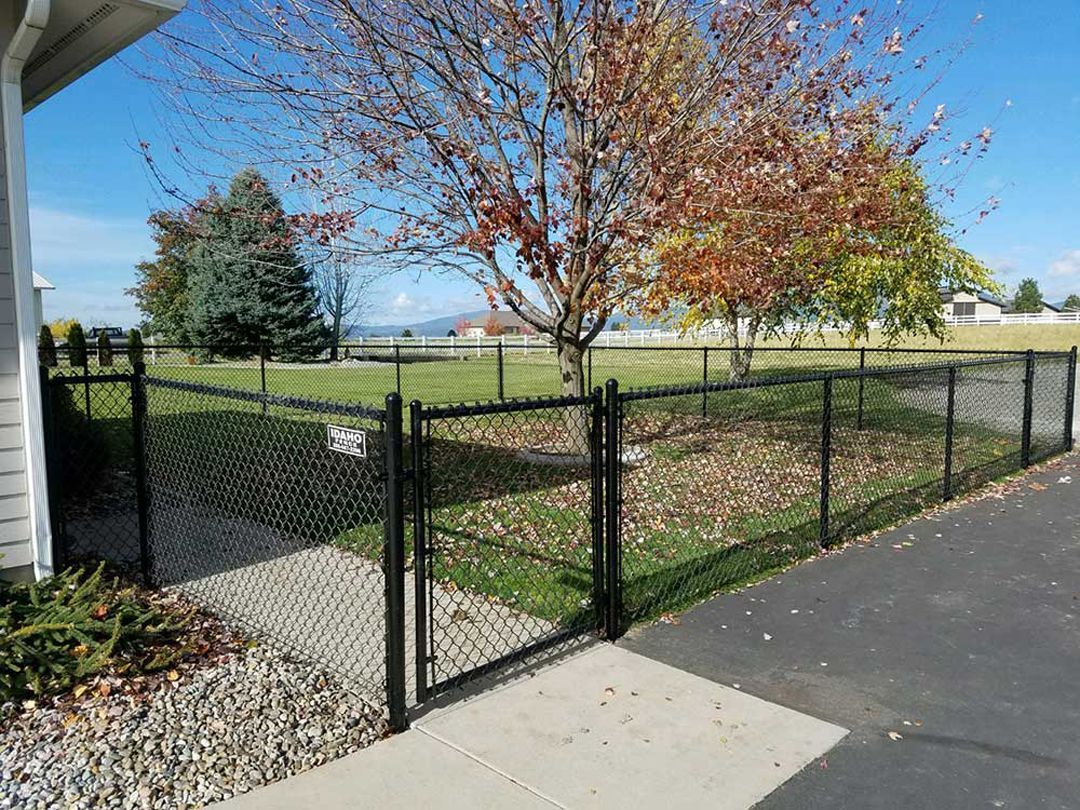Legal Requirements for Pool Fencing
When installing a pool fence, understanding local legal requirements is essential. Most states, including Idaho, have specific codes that regulate the height, material, and gate mechanisms for pool fencing to ensure safety and prevent accidents.
Here are a few common standards to check:
- Height: Pool fences must typically be at least 4 feet high.
- Gates: Your pool fence gates should be self-closing and self-latching to prevent accidental openings.
- Spacing: Ensure that gaps between the fence panels are small enough to prevent children and pets from escaping.
It’s always a good idea to consult with a professional or check local building codes to ensure your pool fence complies.
Material Options for Pool Fencing
When selecting a material for your pool fence, it’s important to consider its durability, appearance, and cost. Below are some top material options:
- Aluminum: If you’re looking for a sleek, modern appearance, aluminum is lightweight, rust-resistant, and highly durable.
- Glass Panels: For a sophisticated look and clear views of the pool, glass panels are an excellent choice for luxury properties.
- Mesh Fencing: If you need a flexible and affordable option, mesh fencing is simple to install and remove.
- Vinyl: Vinyl is a durable, low-maintenance option that offers a clean, classic look.
- Wrought Iron: For a classic and elegant look, wrought iron is a popular choice, although it does require ongoing maintenance to prevent rust.
The best pool fence material depends on your preferences for durability, appearance, and maintenance requirements.
Important Safety Features for Pool Fences
Pool fences are primarily about safety, so prioritizing the right features is crucial. Here’s what to look for:
- Self-Closing Gates: Self-closing gates ensure that the fence automatically closes and latches behind you, preventing accidents.
- Non-Climbable Design: A non-climbable fence design is important to prevent children from using footholds to climb over.
- Sturdy Construction: Choose materials that are strong and durable to withstand the elements and daily wear.
- Locking Mechanisms: Locking mechanisms should be childproof and positioned high enough to be out of reach for young children.
These safety features are essential for ensuring that your pool area is secure for all family members and visitors.
Combining Functionality and Style in Pool Fencing
While safety is the top priority, your pool fence doesn’t have to sacrifice style. Here’s how you can achieve both:
- Choose Neutral Colors: Using neutral tones such as black, white, or glass allows your pool fence to blend with most landscaping designs.
- Incorporate Landscaping: Landscaping with plants or decorative stones can enhance the look of your pool fence and make it feel like part of the natural environment.
- Custom Designs: Custom designs, created in collaboration with a fencing professional, can make your pool fence unique to your home.
Your pool fence can be both secure and visually appealing by focusing on design and safety equally.

